7 Mistakes Golfers Make When Buying Clubs Off The Shelf
We bring clarity on what to look out for when purchasing your next set of golf clubs straight from the shelf and the common mistakes to avoid
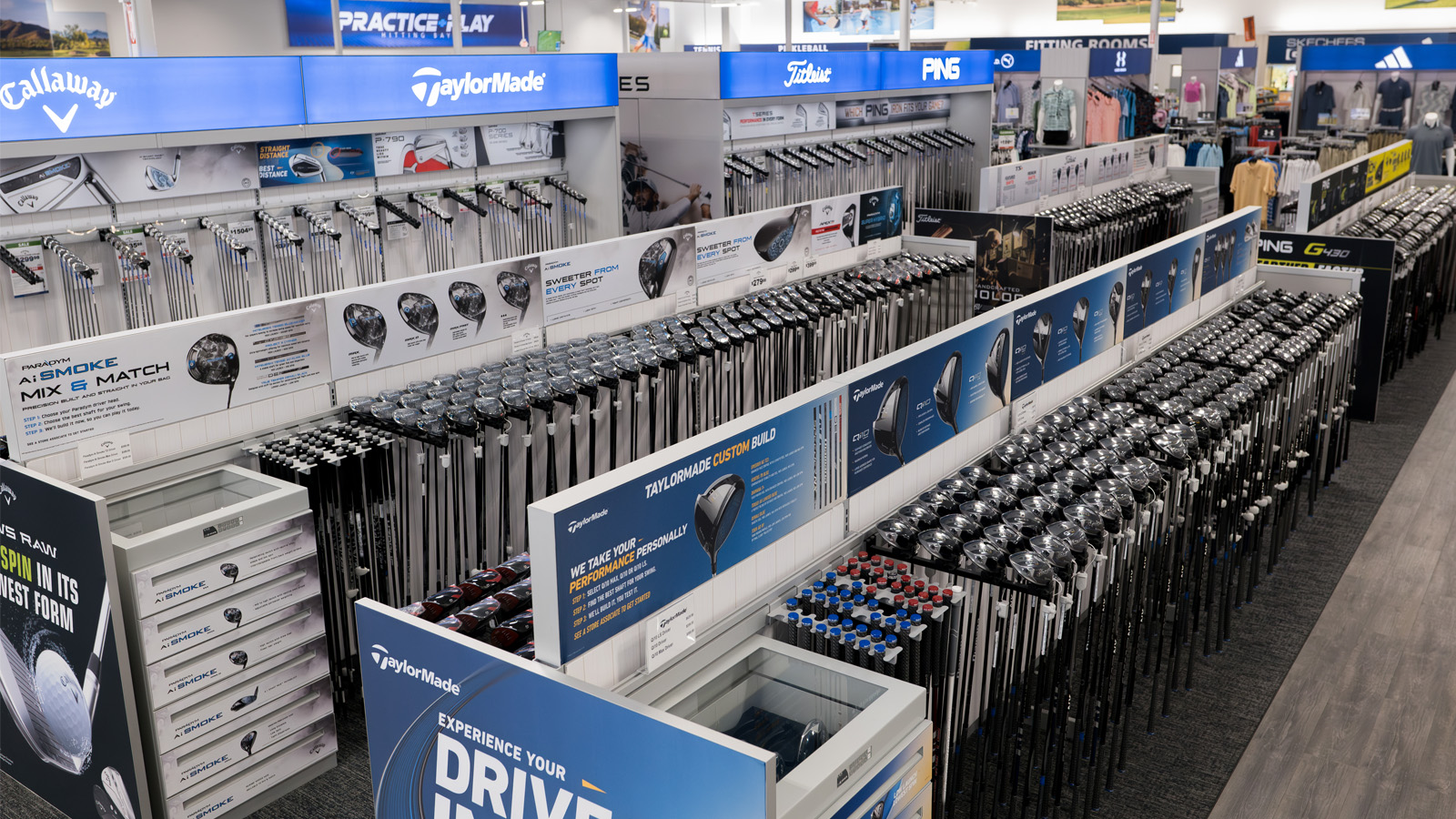
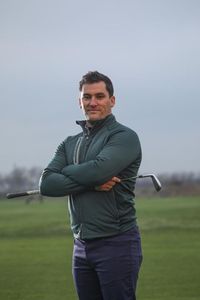
As summer approaches and the golf season kicks into full swing, many people will be thinking of taking up the game and looking to purchase some new clubs, while seasoned players could be considering an upgrade to their existing set. While the purchase of a brand new set of golf clubs in store and brings about immediate satisfaction, there are some common mistakes golfers make when purchasing new clubs straight from the shelf that we have highlighted below to be aware of, so you don't fall foul of them and spend your hard-earned money on clubs that don't suit your swing.
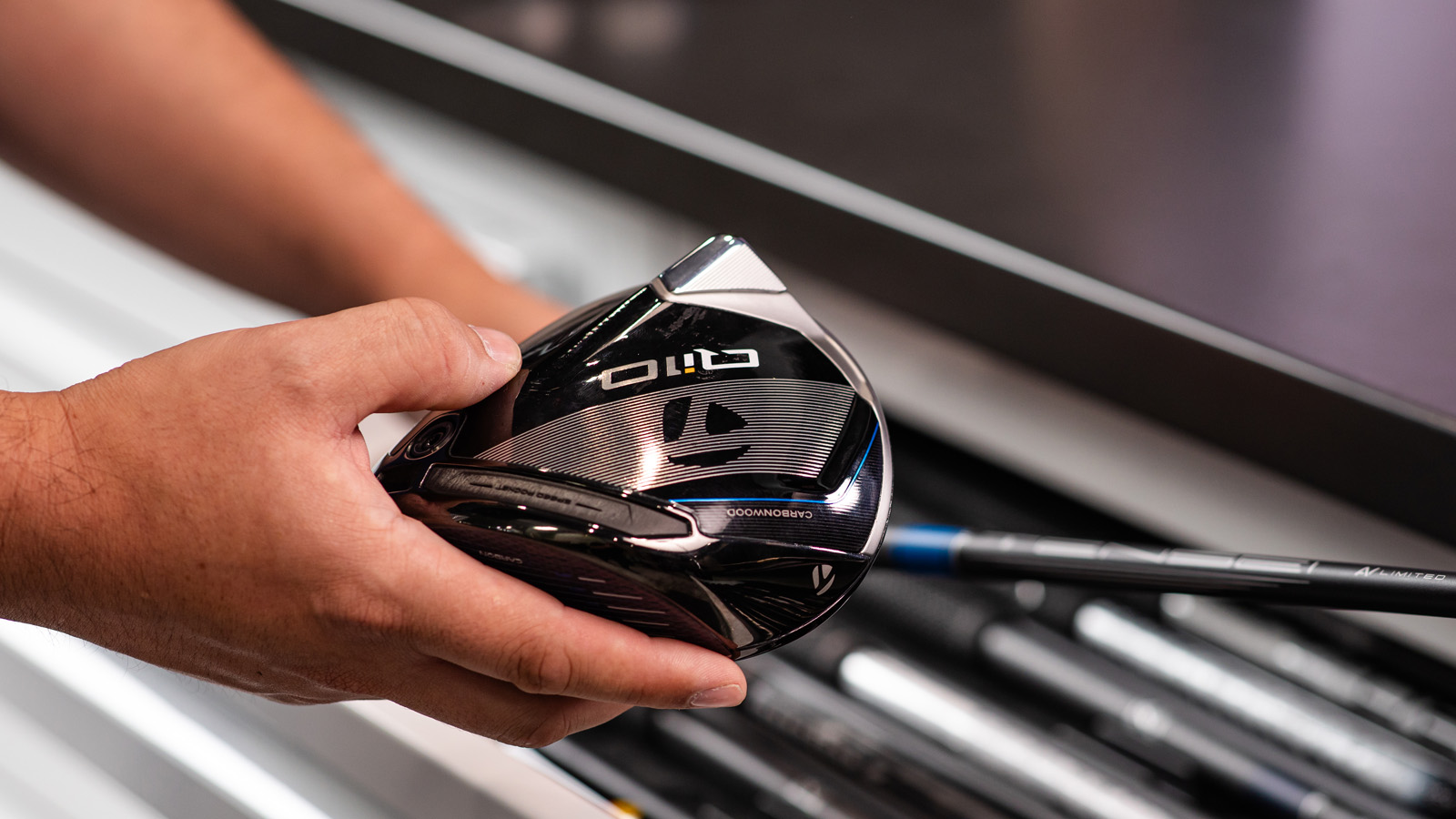
PGA TOUR Superstore's carry stock from all major manufactures
1. Purchasing Clubs Based On Looks
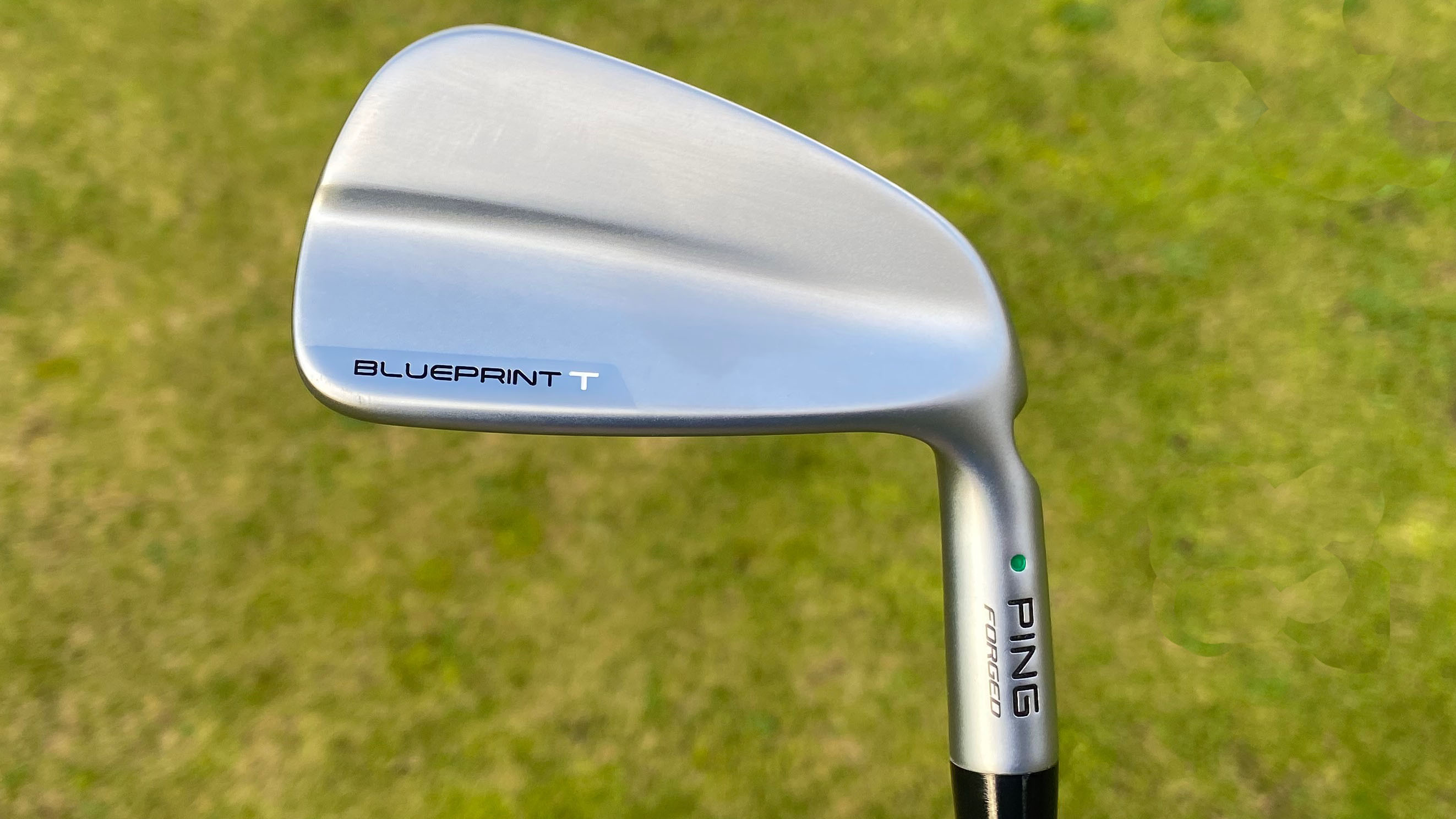
The new PING Blueprint T is a stunning bladed iron but should only be considered by low handicapped golfers
While putting a shiny new set of bladed irons in your bag may see you receive some compliments in the car park or on the clubhouse patio, the novelty will soon wear off if you’re not a competent, consistent ball striker. Bladed irons are typically much smaller in size both from a top-line point of view and in terms of the blade length heel to toe, meaning the sweetspot is often much smaller than that in a set of cavity back irons. Be realistic with your ability and choose clubs that will help you hit better shots and shoot lower scores - usually this will be a model of iron with some technology built in to help achieve more height and forgiveness, thus making the task of hitting the green easier.
2. Buying Clubs In The Wrong Spec

An upright lie angle will cause the face to aim left at address
Most ‘stock’ golf clubs found in golf stores will be of standard length and lie angles. But 'standard' can vary from brand to brand and while many golfers will be fine with standard length shafts, if you are particularly short or tall you would need shaft lengths that match your height to create more consistent contact. This is something that can easily be measured via a custom fitting at a PGA TOUR Superstore with one of its master fitters. Length also then affects the lie angle, which determines how the club sits on the ground and where the face aims. Essentially if your clubs are too upright, the face will aim left and the ball will subsequently start left of your desired target. The opposite applies if the lie angle is too flat, the ball will start right of target. An incorrect lie angle will also negatively affect how the sole interacts with the ground so you can begin to understand how important lie angle is in relation to hitting more fairways or greens.
3. Choosing The Wrong Shaft Profile

There a plenty of different shafts available at PGA TOUR Superstore workshops
While you may have speed in your golf swing, ‘golfer’s ego’ is a real thing and choosing a shaft flex that compliments your speed and launch characteristics will benefit you massively. This can be particularly tricky as many different manufacturers choose different ‘stock’ shaft options in their product so understanding what each shaft is designed to do should help play a big part in your choice. If your angle of attack is positive with a driver, you may look for a slightly lower spinning or launching shaft, whereas if you tend to hit the ball fairly low, you may want something a little lighter and more flexible to help launch that ball in the air. Being aware there are different shaft profiles will make transitioning from different brands throughout your bag easier. Having a fitting or speaking to a PGA TOUR Superstore associate is a great way of understanding what product would be right for you based on your swing speed and ball flight tendencies.
4. Choosing The Right Set Make Up
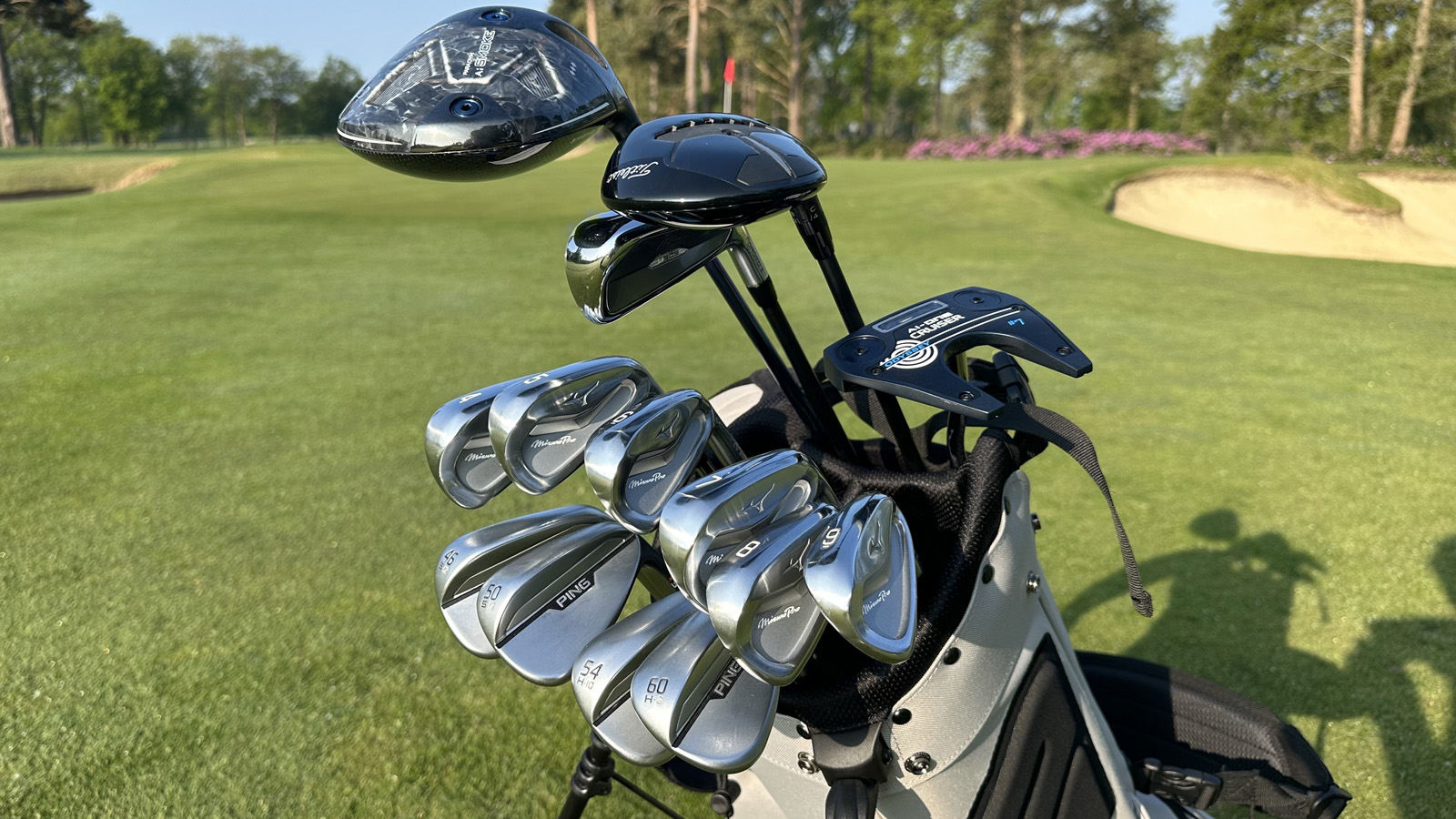
Decide if having more fairway woods or wedges will be more useful for your game and filling gaps in your bag
Under pressure on the golf course, there is nothing worse than not being able to commit to a shot because you find yourselves in between clubs. While irons will normally be evenly spaced out in their relative degrees of loft, golfers then have a choice to compliment them with fairway woods on one side and wedges on the other. If you find yourself playing golf courses that are fairly long and you often are hitting the clubs towards the top end of your bag into greens, it would be worth maybe losing a wedge to add to your arsenal of woods so you have clubs that run in say 10 to 15 yard increments. Conversely, if you’re a longer hitter of the ball or play shorter golf courses, adding additional wedges and removing the likes of a 4-iron may prove more beneficial. This is all relative but the last thing you want to do is spend money on clubs that you’re not likely to use often.
5. Not Testing New Clubs With Your Ball Of Choice
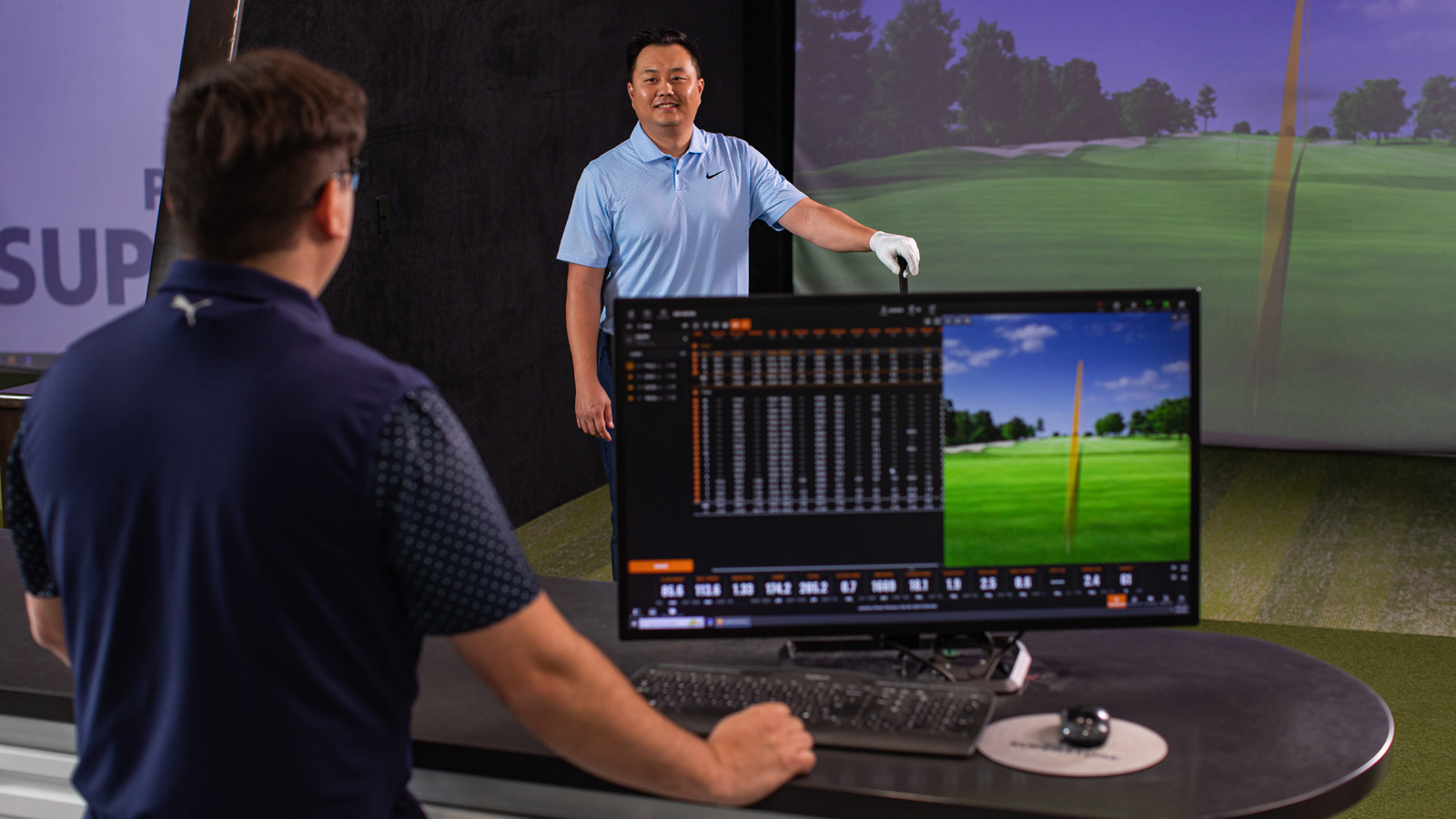
Use the ball you use on the course for your fittings for more accurate club data
While this may sound a little odd, bringing the ball you play on the course with to the store has multiple benefits and is something that all golfers should do. All golf balls fly differently and so using the ball you typically play when having a fitting is a surefire way of knowing that the golf clubs are going to perform when you then take them out onto the course. Perhaps the most beneficial part of bringing the golf ball you play to a store is if you’re in the market for a new putter. Every PGA TOUR Superstore has a putting green with hundreds of putters to choose from and so rolling a few putts with the ball you normally use will give you great understanding on whether you prefer the softer feel of a face insert, or more feedback from the likes of a milled putter.
6. Not Considering Grips Options

Choosing the right grip type and size can save you shots on the course
Much like shaft length and lie angles, grip size has a big impact on shot shape and club face delivery. The golf grip is the only connection you have to your golf clubs and so having the right feel, size and type is imperative. If you have large hands or fingers and your nails dig into your palms when gripping the club, your grips are too small. This could cause an overly active club face and potentially cause an early release of the clubhead and shots missing to the left. Grips that are too large are likely to cause more passive hands and lack of release, therefore more shots blocked and to the right as a right-handed golfer. So make sure you get advice on what size of grips will work best for you and also which type feels most comfortable. The putter is one area where the grip can have a huge impact on feel and performance, so be sure to try a few options before biting the bullet.
Subscribe to the Golf Monthly newsletter to stay up to date with all the latest tour news, equipment news, reviews, head-to-heads and buyer’s guides from our team of experienced experts.
7. Choosing Wedges With The Wrong Bounce And Grind
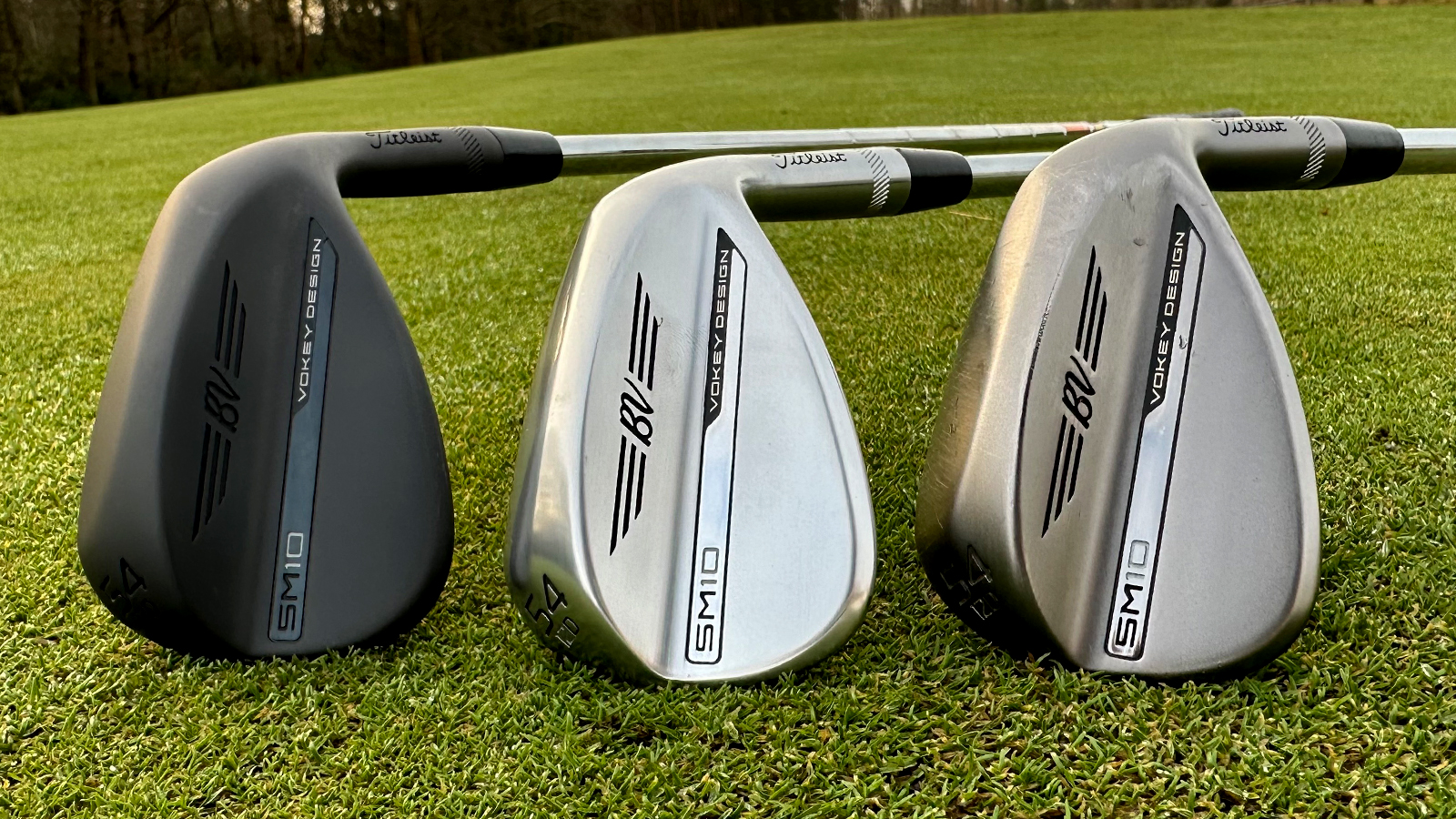
Choosing the right bounce and grinds on your wedges will drastically improve your short game
Understanding how bounce and grinds work on a wedge is vital to boosting your chances of performing well around the greens. While most stores will offer a variety of wedges with all different bounce and grind options but a lot of golfers will only look at the loft and be on their way. The more bounce (normally indicated by a small number under or around the loft) will see the leading edge sit higher up from the ground and is ideal for golfers who typically play on softer turf as the bounce allows the club to glide along the ground rather than dig into it. Golfers who play on firmer turf such as on links golf courses, may look for less bounce so the club doesn’t bounce off the ground through impact.
Different grinds also allow golfers to be creative with the short game. Manufacturers will grind off areas of the sole around the heel and toe to allow for opening and closing of the face and therefore a change in ball flight. Depending on if you typically sweep the ball off the turf or are more steep through impact, different bounce and grind options for your individual swing and turf conditions can make a huge difference to the outcome of your shot.
The beauty of visiting a PGA TOUR Superstore to purchase your new set of clubs is the huge range of equipment on offer and the expert advice you can receive from the highly trained staff in the stores. This combination is a recipe for success when it comes to you picking out some new sticks but reading through our advice below on what mistakes are often made, will give you a good understanding of all the questions you should be asking, before making a decision on what clubs you are going to choose.
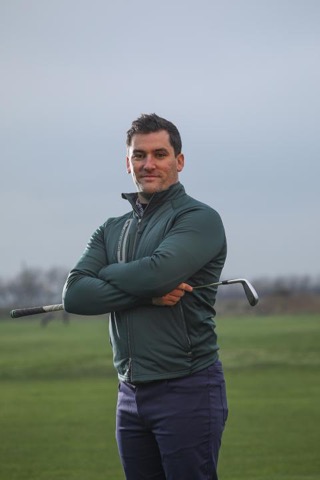
Sam has worked in the golf industry for 14 years, offering advice on equipment to all levels of golfers. Sam heads up any content around fairway woods, hybrids, wedges, putters, golf balls and Tour gear.
Sam graduated from Webber International University in 2017 with a BSc Marketing Management degree while playing collegiate golf. His experience of playing professionally on both the EuroPro Tour and Clutch Pro Tour, alongside his golf retail history, means Sam has extensive knowledge of golf equipment and what works for different types of golfers.
-
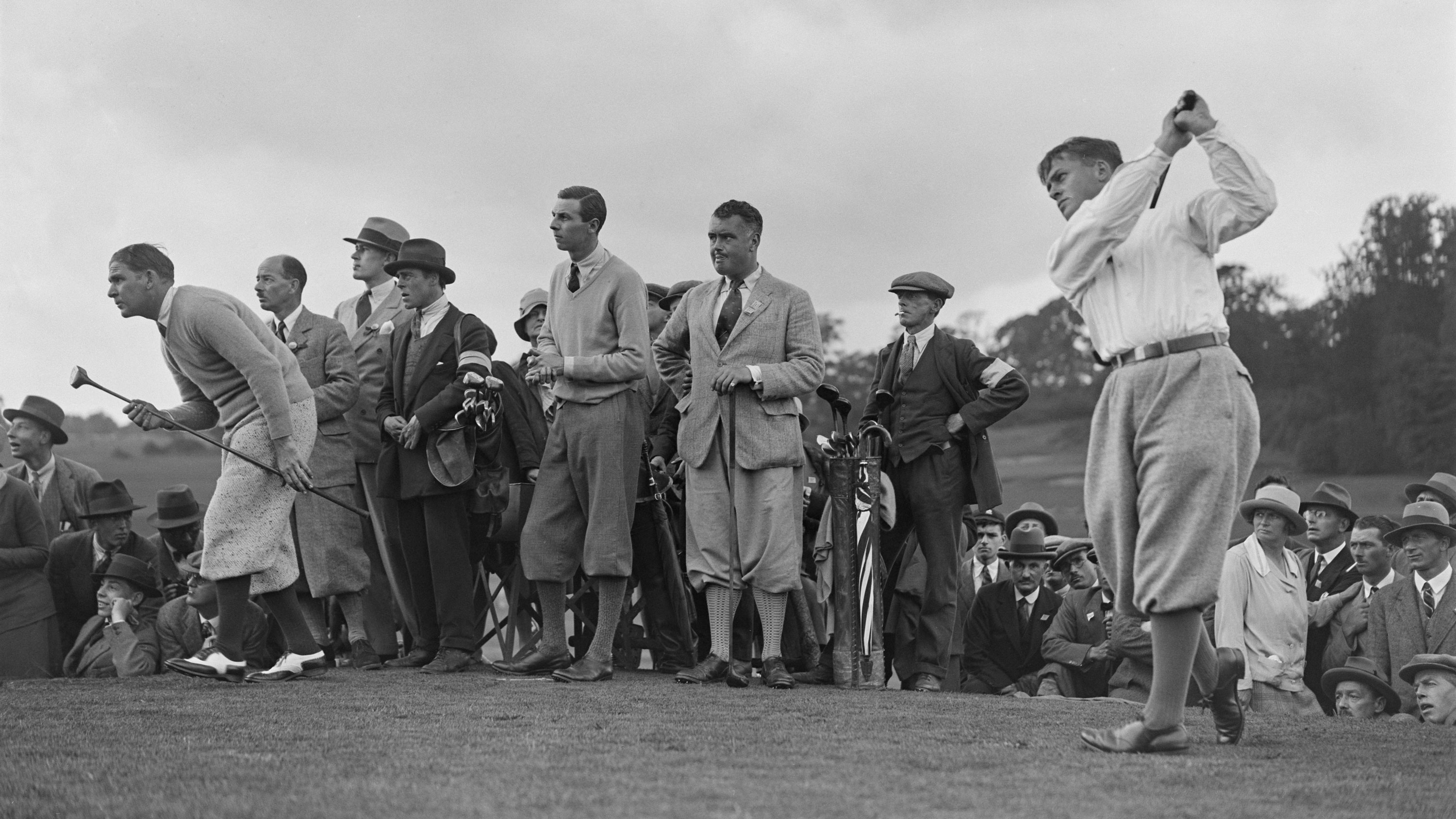 How Far Did Bobby Jones Hit The Ball… And How Far Would He With Modern Equipment?
How Far Did Bobby Jones Hit The Ball… And How Far Would He With Modern Equipment?Bobby Jones was one of the all-time golfing greats. But how far did he hit the ball, and how far might he be able to hit it today?
-
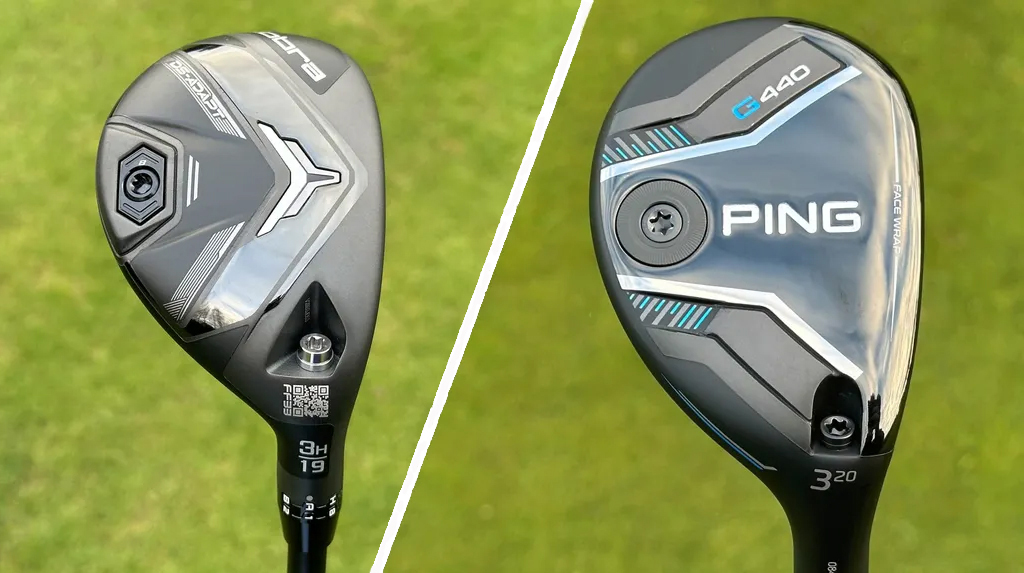 Cobra DS-ADAPT vs Ping G440 Hybrid: Read Our Head-To-Head Verdict
Cobra DS-ADAPT vs Ping G440 Hybrid: Read Our Head-To-Head VerdictTwo of our favorite hybrids of 2025 are the Ping G440 and the Cobra DS-ADAPT, but which one is best for you? Let's put them up against each other to find out.
-
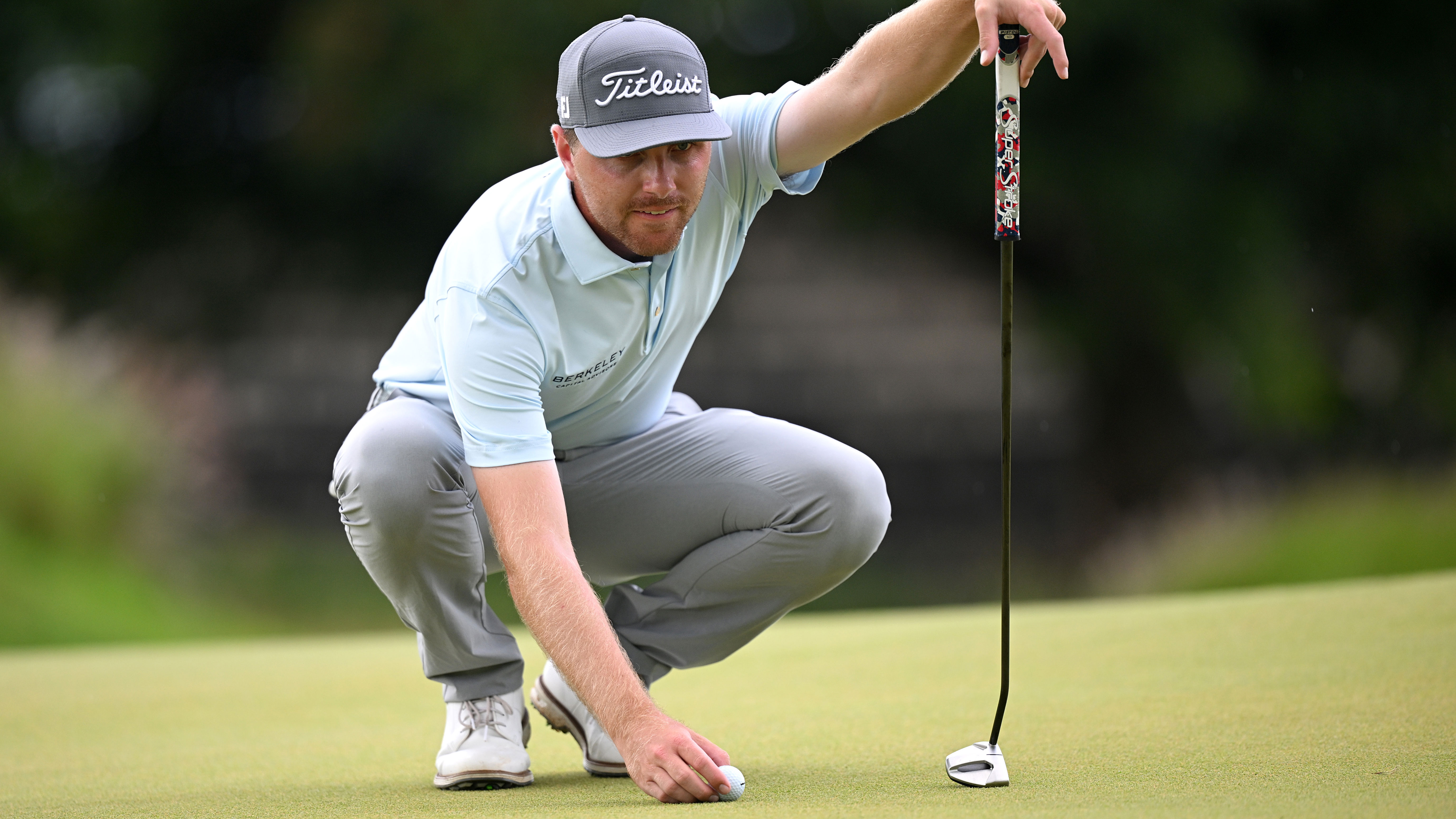 The Equipment Debrief: Gerard Makes Big Putter Call And A Huge Hitter Plays His Own 'Mini' Driver
The Equipment Debrief: Gerard Makes Big Putter Call And A Huge Hitter Plays His Own 'Mini' DriverThis week's gear round-up focuses on two clubs at opposite ends of the bag...
-
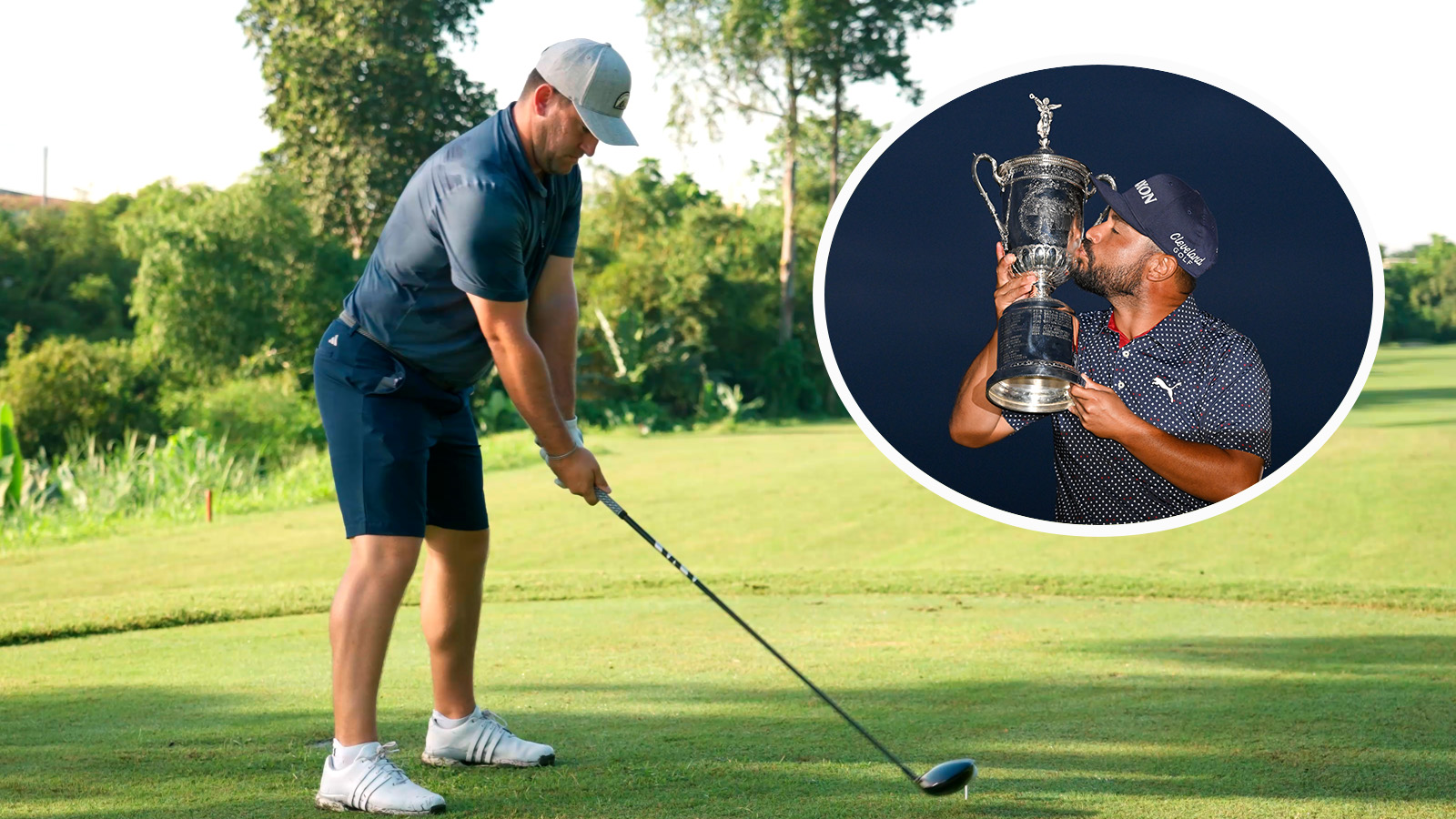 I Was Completely Lost Off The Tee… Until I Put The US Open Champion’s Driver In The Bag
I Was Completely Lost Off The Tee… Until I Put The US Open Champion’s Driver In The BagAfter struggling to find form off the tee, equipment expert Sam De’Ath switched his driver and couldn’t believe the results
-
 5 Golf Equipment Myths Debunked
5 Golf Equipment Myths DebunkedWe look at five commonly held beliefs when it comes to golf equipment and explain why they might just be unfounded
-
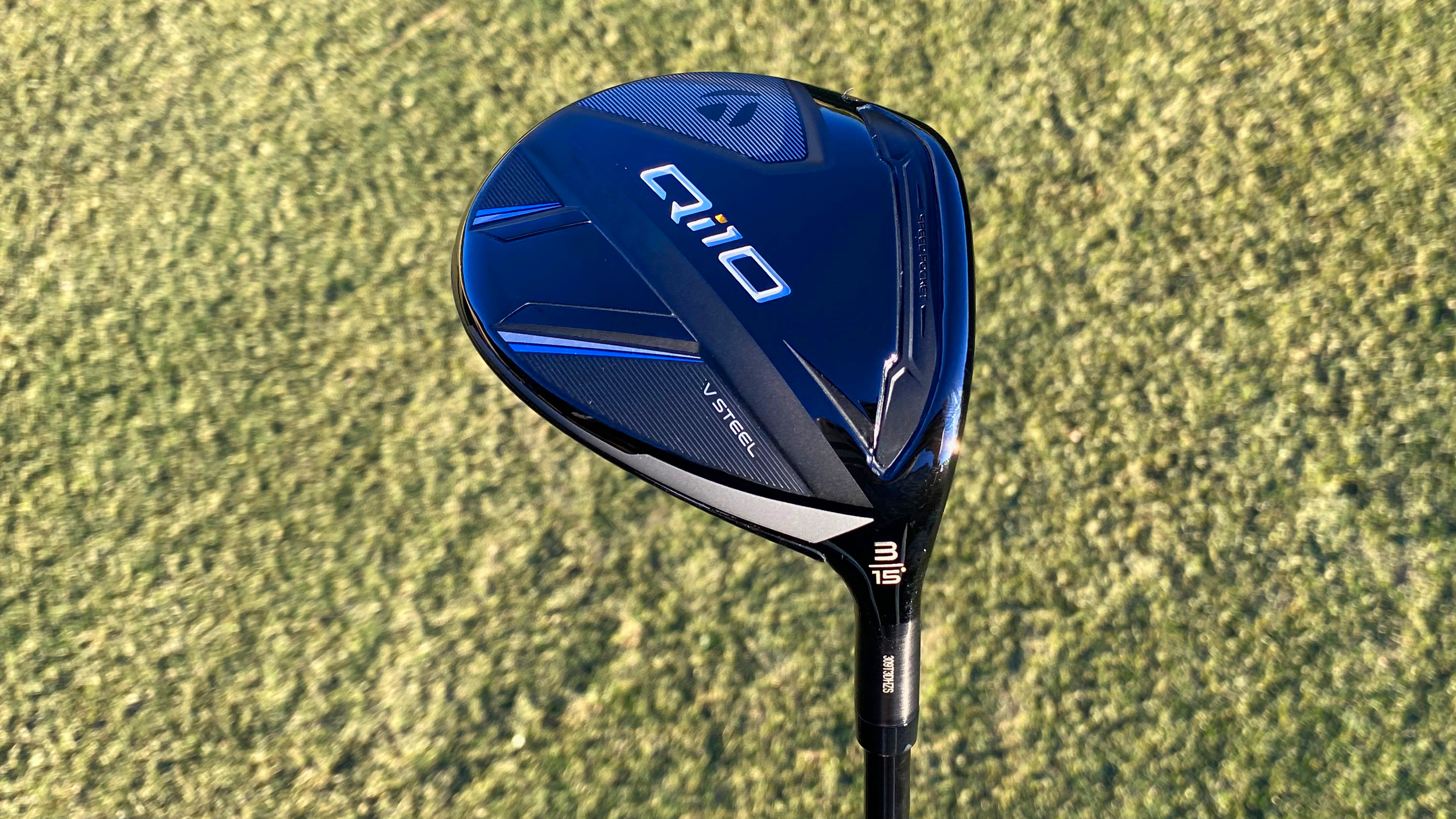 The Real Reason Why Many Tour Pros Prefer Bonded Hosels Might Not Be What You Think
The Real Reason Why Many Tour Pros Prefer Bonded Hosels Might Not Be What You ThinkBonded or adjustable hosel? A tour fitter explains why some professionals prefer the former on their fairway woods
-
 The Equipment Debrief: Lexi's 16-Year-Old Irons, Four Putters For Gerard And First Wins For Two New Drivers...
The Equipment Debrief: Lexi's 16-Year-Old Irons, Four Putters For Gerard And First Wins For Two New Drivers...It might be 'new gear season', but not all pros will be quick to make changes...
-
 The 6 Signs You Need New Golf Clubs
The 6 Signs You Need New Golf ClubsClub tester and PGA Professional Joe Ferguson believes the clubs in many players' bags are working against them. Here's how...
-
 Debate: What Is The Greatest Hybrid Club Of All Time?
Debate: What Is The Greatest Hybrid Club Of All Time?The competition was fierce but club tester Sam De'Ath has narrowed it down to just five. Do you agree with his selections?
-
 Building The Perfect Home Golf Practice Set-Up: A Guide For Every Budget
Building The Perfect Home Golf Practice Set-Up: A Guide For Every BudgetThinking of doing something pretty special at home? Here are some options and things to consider to help you get started on the right track